There can be your advertisement
300x150
How to Create a Harmonious Interior: 7 Secrets of the Japanese
Fan of Eastern culture and traditions, Ksenia Mizenzeva shared how to practically implement all the best elements of Japanese style into your interior
The Japanese style in interior design has already become a trend and continues to gain popularity. Its foundation is a special culture, rules, and traditions of the Land of the Rising Sun — high organization, harmony, respect for others and oneself. Designer Ksenia Mizenzeva shared the secrets of how to bring elements of Japanese style into your interior.
Ksenia Mizenzeva — DESIGNER, graduate of the "Details" school
One of the main principles of Japanese design is tranquility, harmony, and balance. Interiors always feature simple lines, without unnecessary, overly modern or trendy items. The key element is the balance between internal and external space, objects and materials.
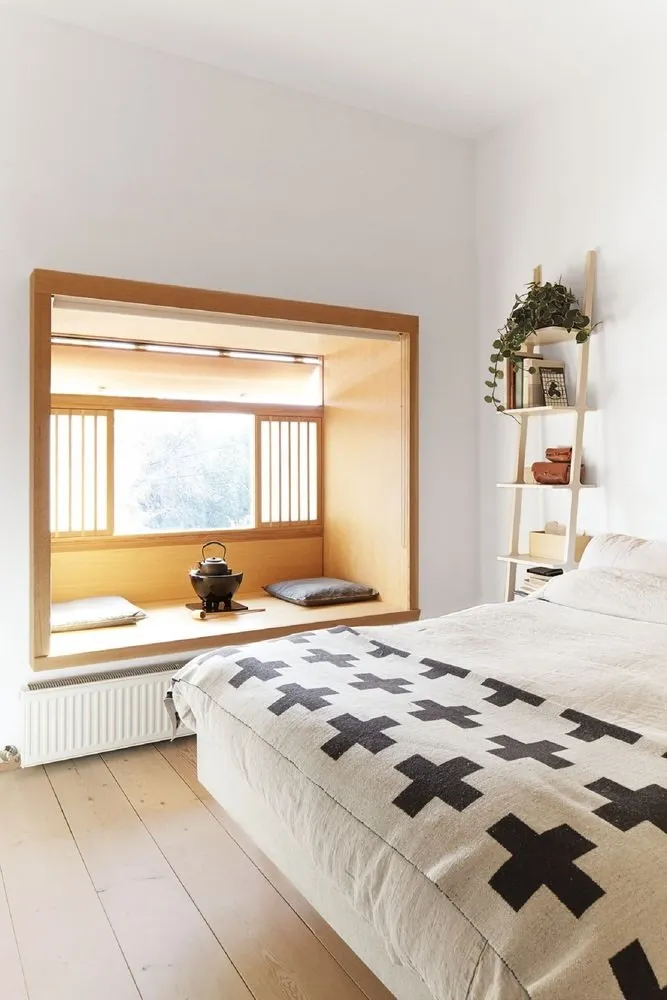
Minimalism
There should be no unnecessary items in the house. Simplicity and spaciousness are the main priorities of Japanese interiors. Wooden furniture is usually low, simple, and minimalist in design, with clean lines and calm monochromatic upholstery.

Natural Colors and Natural Materials
The color palette of a Japanese home is always determined by its surroundings. Plant-based tones are dictated by nature itself: beige and brown shades recall earth, and the entire green palette reflects vegetation. Natural wood can be accentuated with stones and other rocks.
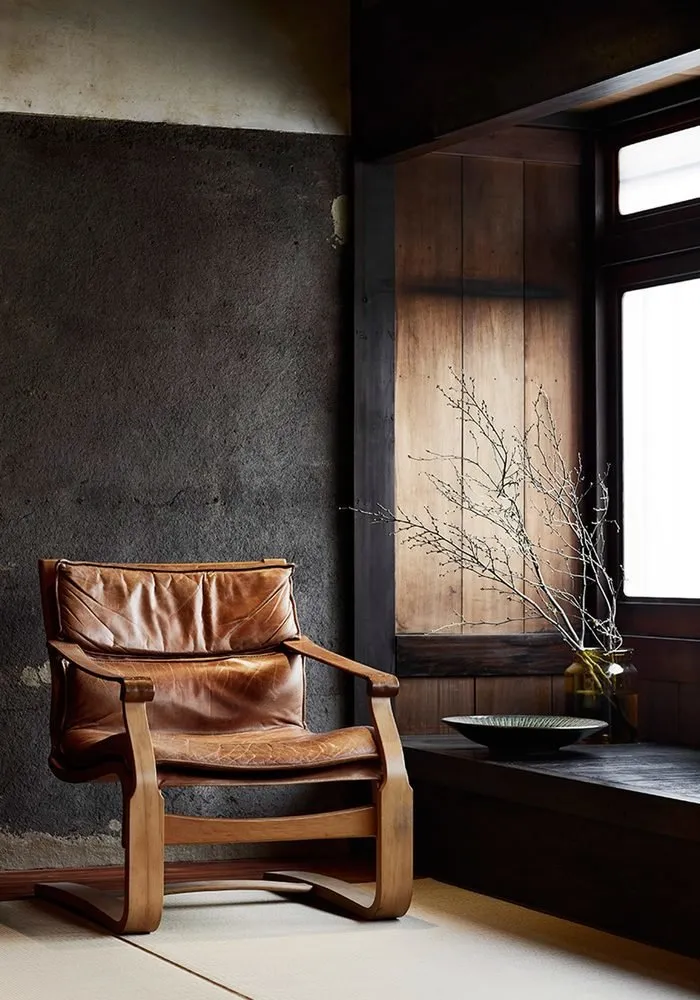
Water
In the West, vertical greening has become popular in interiors, while in the East one of the main trends is standalone or built-in vertical fountains. If you're not ready for a wall waterfall, start with art depicting water.
Also don't forget about the bathroom! In Japan, the word "ofuro" translates to "a relaxing bath procedure." In living spaces, this is interpreted as short and shallow sitting baths or tubs. Their size is adapted to modest space.

Design: Ksenia Mizenzeva
Plants
Only living and non-flowering ones. The most typical are bamboo and bonsai. If you want flowers, choose orchids. Place them in stone or wooden pots — everything should be natural and as realistic as possible to mimic their natural habitat.
Sliding Doors
Japanese apartments are usually small, so every centimeter of space counts, and regular hinged doors are often replaced with sliding ones. Traditional Japanese sliding doors are made of thin paper attached to a wooden frame. In modern times, paper is often replaced with glass. These doors save space, allow natural light to enter, and provide views of nature, which is essential for Japanese interiors.

Lighting
Use as much natural light as possible — large open windows, sheer curtains, and no heavy drapes. In artificial lighting, minimalist paper pendant lights are preferred, creating sculptural light and shadow play.

Want your project featured on our website? Send photos of your interior to wow@inmyroom.ru
More articles:
 What's Wrong with Your Bathroom?
What's Wrong with Your Bathroom?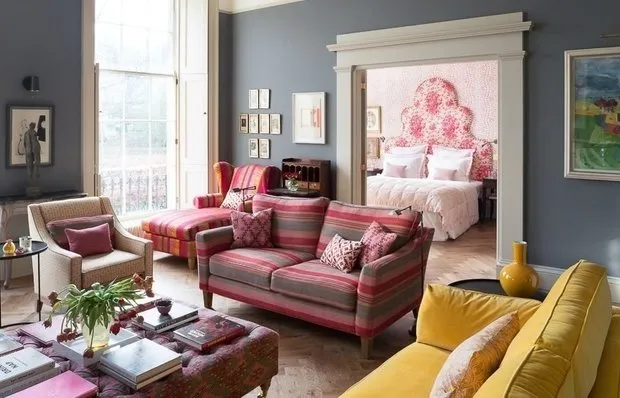 Vibrant Patterns and Colors: Trash Interior in Edinburgh
Vibrant Patterns and Colors: Trash Interior in Edinburgh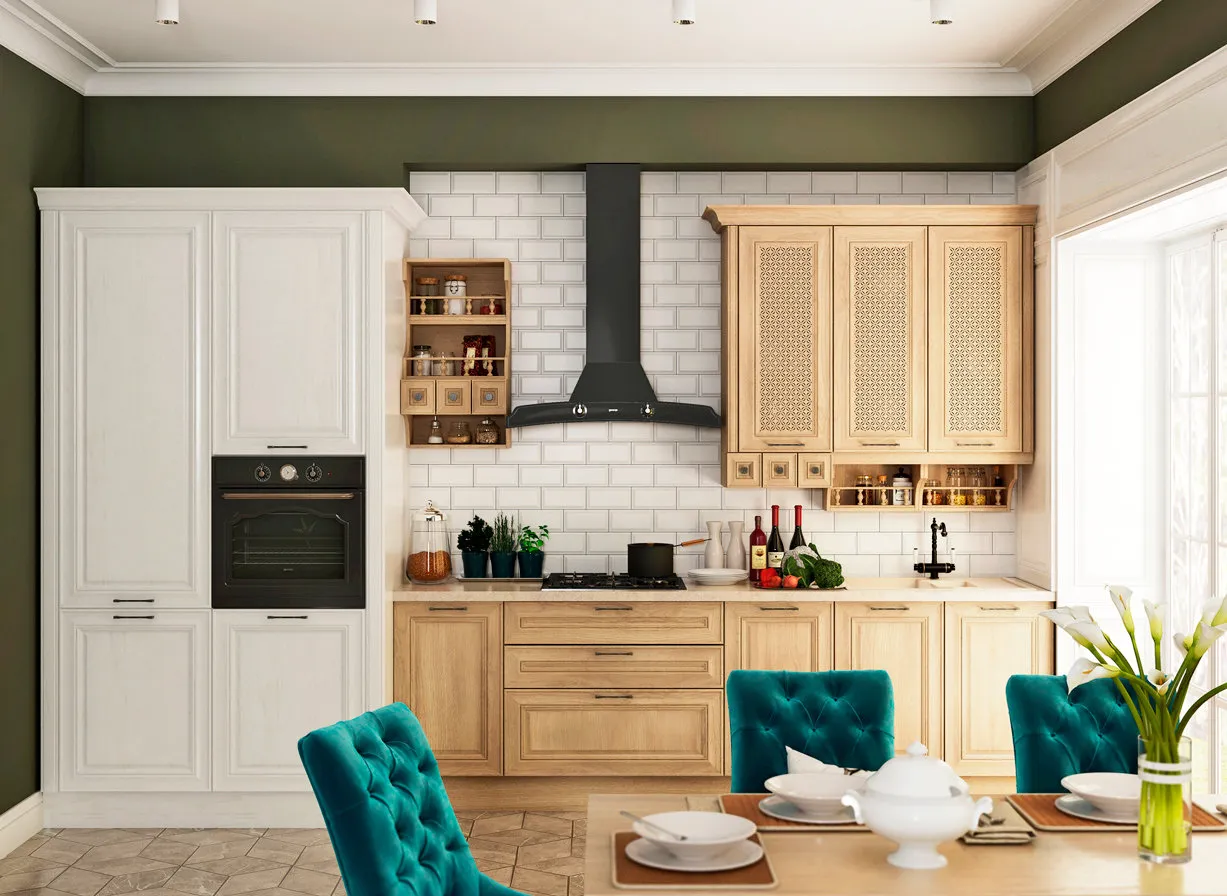 New Trend in Kitchen Design: Subtle Classic
New Trend in Kitchen Design: Subtle Classic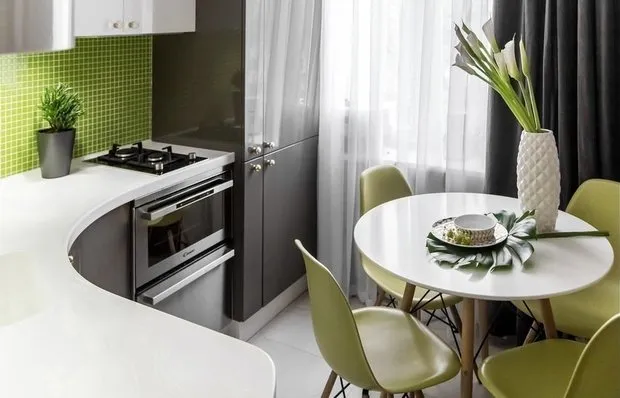 How to Decorate a Kitchen in Paneling: What Professionals Do
How to Decorate a Kitchen in Paneling: What Professionals Do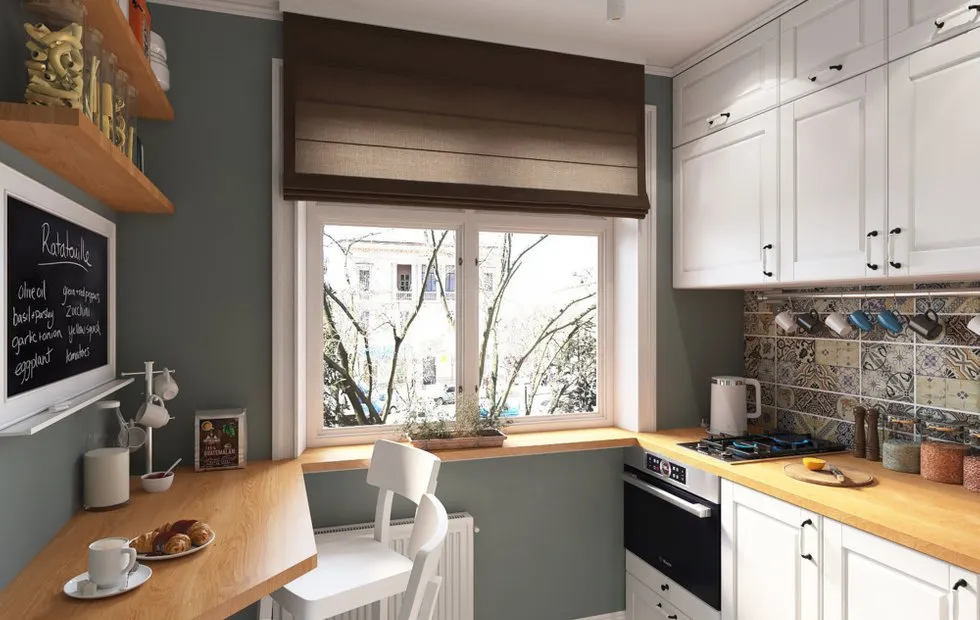 6 Classy Micro-Kitchens in Standard Apartments
6 Classy Micro-Kitchens in Standard Apartments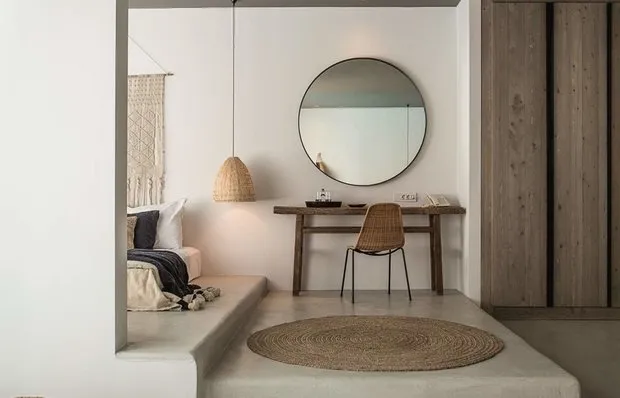 Wabi-Sabi Style: How to Adapt the Trend to Your Interior
Wabi-Sabi Style: How to Adapt the Trend to Your Interior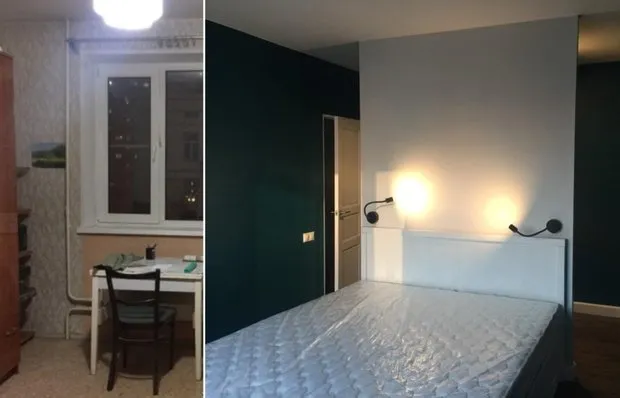 Repair of a Two-Room Apartment in a Panel Building: How to Stay Within One Million Rubles
Repair of a Two-Room Apartment in a Panel Building: How to Stay Within One Million Rubles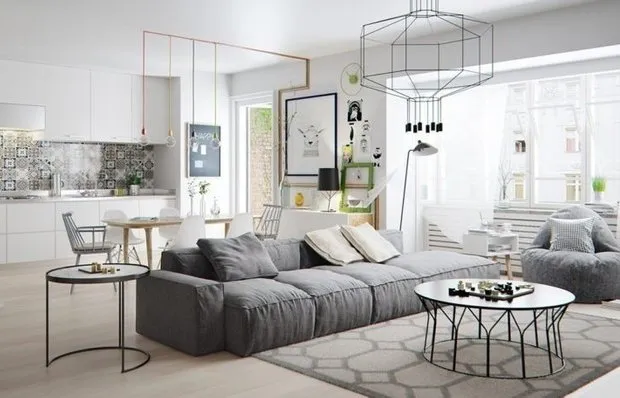 5 Renovations That Will Never Be Approved
5 Renovations That Will Never Be Approved